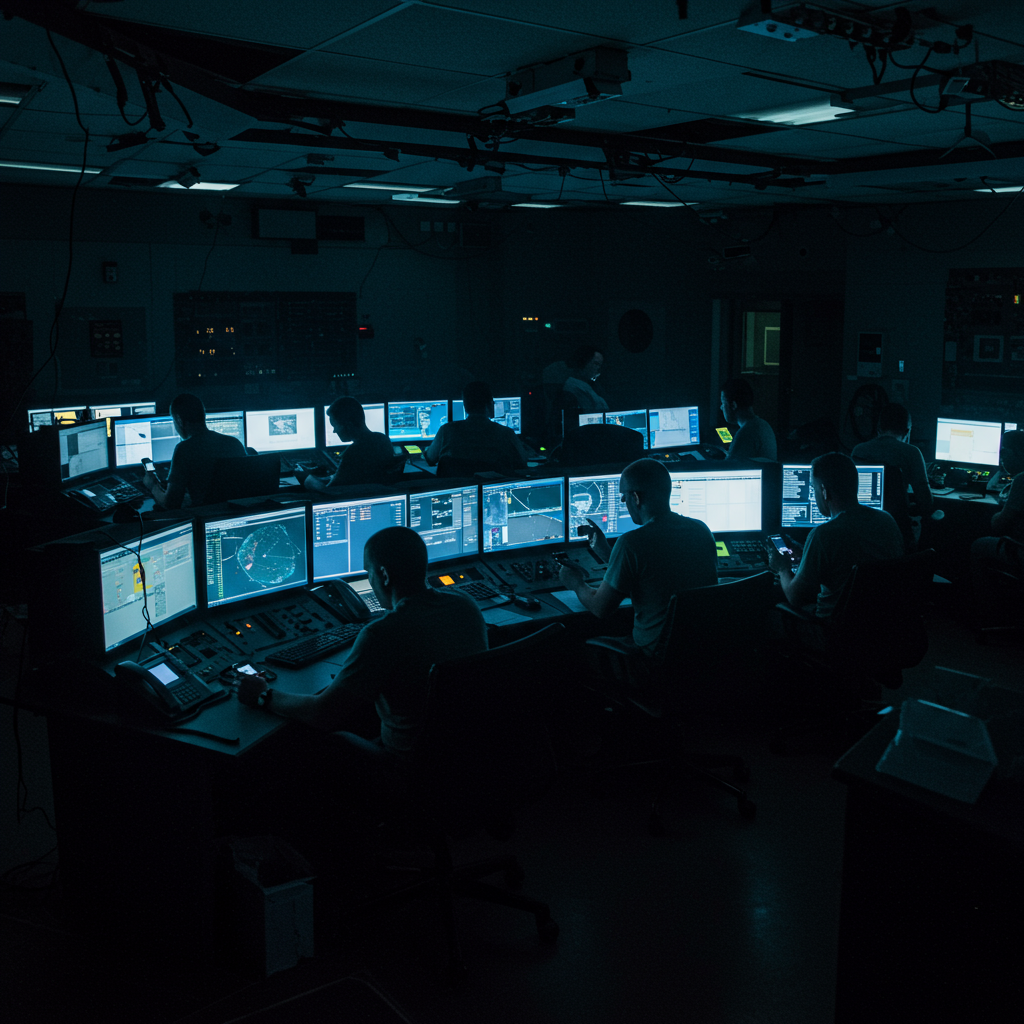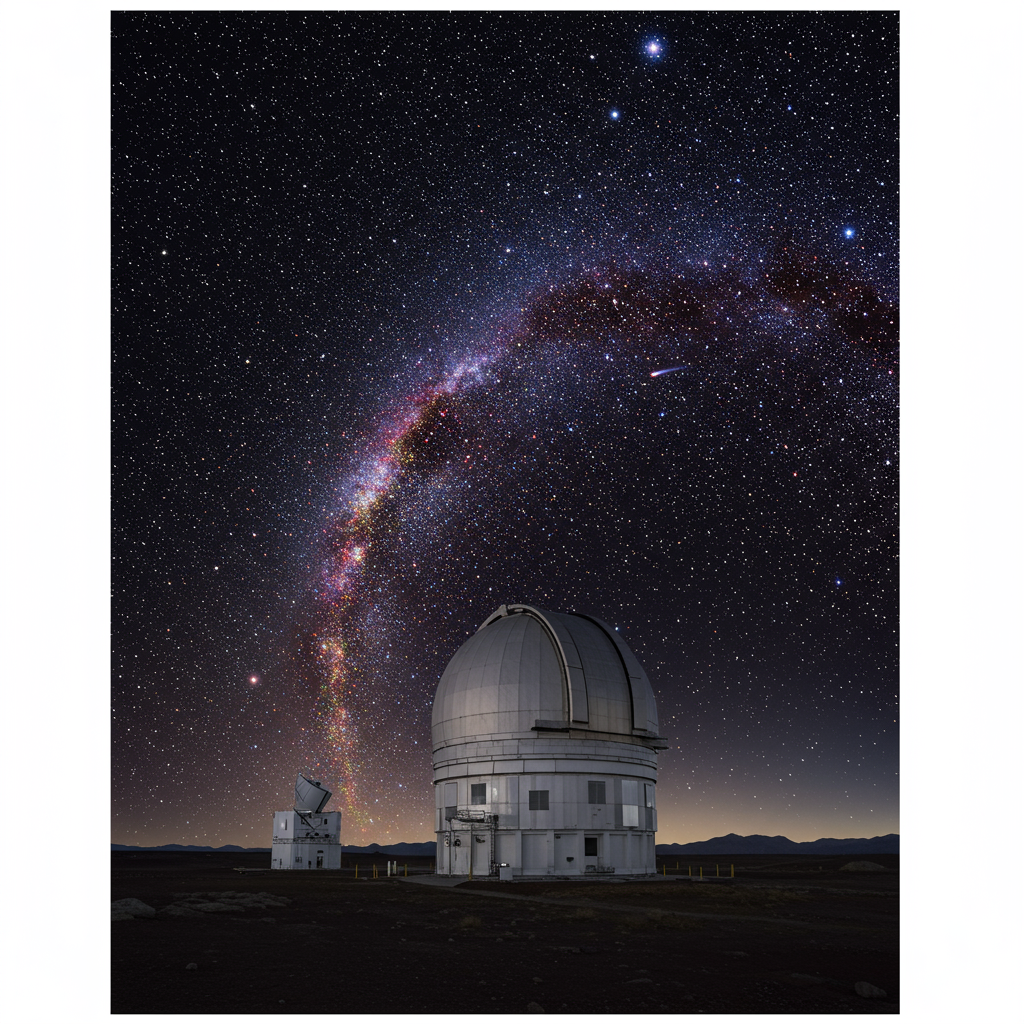A critical NASA space mission, the Tandem Reconnection and Cusp Electrodynamics Reconnaissance Satellites (TRACERS), faced an unexpected last-minute scrub. Just seconds before its scheduled liftoff, a regional power outage unexpectedly forced a halt. This incident, impacting air traffic control, highlighted the complex web of dependencies in modern space operations. The NASA TRACERS mission ultimately launched successfully the following day from Vandenberg Space Force Base.
The Unexpected Hold: Why the Launch Was Scrapped
On July 22, 2025, the countdown for a SpaceX Falcon 9 rocket reached T-45 seconds. Suddenly, the launch director called for a “Hold, hold, hold,” aborting the mission. Initial reports cited “airspace concerns” as the reason for the immediate pause. SpaceX quickly clarified that Federal Aviation Administration (FAA) airspace issues created a “no-go” condition.
The FAA later released a statement explaining the specific cause. A regional power outage in the Santa Barbara area severely disrupted telecommunications. This outage directly impacted the Los Angeles Air Route Traffic Control Center (LA ARTCC). This center manages a vast air traffic region, overseeing hundreds of miles of airspace over the Pacific Ocean. Its compromised communication capabilities prevented verification of a clear launch range. Consequently, the FAA, prioritizing public safety, postponed the launch. This power failure also led to ground stops at Santa Barbara Airport and disrupted 911 emergency services across the county.
Unveiling Earth’s Magnetic Shield: The TRACERS Mission Explained
At the core of this launch was NASA’s twin TRACERS mission. These two identical, octagonal satellites, T1 and T2, are designed for a one-year scientific study. They aim to explore the complex interplay between the solar wind and Earth’s magnetosphere. Each satellite stands 37 inches tall, is 52 inches across, and weighs less than 440 pounds.
The NASA TRACERS mission will operate in a Sun-synchronous, low Earth orbit, approximately 367 miles above our planet. Their polar orbit repeatedly takes them through “cusps.” NASA describes these as “funnel-shaped regions where Earth’s magnetic field opens over the North and South Poles.” Here, the magnetic field dips, channeling particles directly into our atmosphere.
Decoding Magnetic Reconnection: Science Behind TRACERS
The primary goal of TRACERS is to study magnetic reconnection. This fundamental process occurs when the solar wind, a stream of charged particles from the Sun, interacts with Earth’s magnetosphere. This interaction can directly funnel solar wind particles into our atmosphere. While magnetic reconnection is responsible for beautiful phenomena like the Northern Lights, it also poses significant threats. It can drive unplanned electrical currents in power grids, potentially accelerating infrastructure aging. It can also disrupt GPS signals and harm satellites in low Earth orbit.
David Miles, the TRACERS Principal Investigator at the University of Iowa, highlights this dual nature. He explains that understanding and mitigating these negative impacts is crucial. The TRACERS mission builds on the 2018 TRICE-2 sounding rocket mission. However, TRACERS benefits from two closely orbiting satellites. They will pass by the same point on Earth between 10 to 120 seconds apart. This unique configuration allows scientists to distinguish between temporal changes and spatial movements in the plasma. Each spacecraft will measure local plasma states, including electric fields, magnetic fields, and local ions and electrons.
Advanced Instruments for Deep Space Insights
The TRACERS mission is part of NASA’s Small Explorers (SMEX) program, costing $170 million. Millennium Space Systems, a Boeing company, built the spacecraft. The University of Iowa leads the mission, managed by NASA’s Heliophysics Explorers Program Office. Each TRACERS satellite carries six specialized instruments to gather comprehensive data:
ACE (Analyzer for Cusp Electrons): Measures the electron portion of local plasma and its movement relative to the magnetic field.
ACI (Analyzer for Cusp Ions): Measures the ion portion of local plasma and its movement relative to the magnetic field.
MAG (3-axis Fluxgate Magnetometer): Measures the background magnetic field. It also helps infer electrical currents and low-frequency plasma waves.
MSC (3-axis Magnetic Search Coil): Measures high-frequency magnetic waves.
MAGIC (MAGnetometers for Innovation and Capability): A technology demonstration testing new fluxgate magnetometer designs for future missions.
MEB (Main Electronics Box): Hosts the electronics for electric field instruments, MSC, and MAG.
More Than Just TRACERS: The Rideshare Revolution
The Falcon 9 rocket carried more than just the NASA TRACERS mission satellites. It was a rideshare mission, transporting nine other payloads across three NASA-funded projects, one ESA mission, and one from an Australian company. This approach exemplifies a growing trend in spaceflight. NASA’s Science Mission Directorate is increasingly adopting rideshare strategies. This maximizes launch efficiency and scientific return by integrating multiple payloads on a single rocket.
NASA’s Innovative Payloads: Athena EPIC, PExT, and REAL
Three NASA-involved payloads accompanied TRACERS:
Athena EPIC (Economical Payload Integration Cost) SmallSat: This $15 million technology demonstration stems from NASA Langley Research Center. NovaWurks contributed the spacecraft, assembled with a Hyper-Integrated Satlet (HISat). This building-block architecture, called a “SensorCraft,” allows resource sharing among multiple payloads. It uses spare parts from NASA’s CERES mission, enhancing redundancy and simplifying payload integration. This mission involves collaboration with NOAA and the U.S. Space Force.
PExT (Polylingual Experimental Terminal): A $20 million mission from NASA’s Space Communications and Navigation (SCaN) program. It is a joint effort with Johns Hopkins University Applied Physics Laboratory (APL). PExT is designed to “understand” various communication protocols from different commercial networks. It operates across a wide Ka-band frequency range. This mission is crucial for evolving beyond NASA’s aging Tracking and Data Relay Satellite System (TDRSS).
REAL (Relativistic Electron Atmospheric Loss) CubeSat: A $5 million mission carrying APL’s Energetic Particle Sensor (ECP). Built at Montana State University, REAL aims to characterize forces causing electrons in Earth’s radiation belts to fall into the atmosphere. These space weather events affect the upper atmosphere and can damage low Earth orbit satellites.
International Contributions: LIDE and Skykraft
Two international missions were also on board the Falcon 9:
LIDE (Direct Access Live Demonstration): This 12U CubeSat is part of a European Space Agency (ESA) project. Developed by Tyvak International, it features a bidirectional K/Ka-band radio frequency transponder. LIDE aims to test direct access with ground terminals compliant with the 3GPP’s NTN standard. This mission advances European telecommunication capabilities, with implications for future 3GPP protocols and even 6G technology.
- Skykraft 4: This mission deployed five spacecraft from the Australian company Skykraft. These satellites form a constellation designed to establish a system for space-based Air Traffic Management (ATM) services. They were the final payloads deployed from the Falcon 9 upper stage, approximately an hour and 45 minutes after liftoff.
- spaceflightnow.com
- dailygalaxy.com
- www.yahoo.com
- www.nasaspaceflight.com
- spaceflightnow.com
The Rocket & Reusability: SpaceX’s Falcon 9 Legacy
The mission utilized a flight-proven SpaceX Falcon 9 first stage booster, tail number B1081. This booster was undertaking its 16th flight, a testament to SpaceX’s reusability program. It had previously supported significant missions like NASA’s Crew-7, CRS-29, and the PACE spacecraft. Following liftoff, B1081 targeted a landing back at Landing Zone 4 (LZ-4) at Vandenberg. A successful touchdown marked the 27th landing at LZ-4 and SpaceX’s 478th booster landing to date. Local residents near Vandenberg Space Force Base may have experienced a sonic boom as the booster returned through the atmosphere.
Frequently Asked Questions
Why was the NASA TRACERS mission launch initially delayed?
The NASA TRACERS mission launch on July 22, 2025, was scrubbed due to a regional power outage in the Santa Barbara area. This outage disrupted telecommunications at the Los Angeles Air Route Traffic Control Center (LA ARTCC), which manages crucial airspace for launches. The FAA postponed the launch to ensure the safety of the traveling public, as the range could not be verified as clear. The mission successfully launched the following day.
What is the primary scientific objective of the TRACERS mission?
The TRACERS mission aims to study magnetic reconnection, a fundamental process where the solar wind interacts with Earth’s magnetosphere. This phenomenon drives charged particles into Earth’s atmosphere, causing both the Northern Lights and potentially damaging space weather events. By using two closely spaced satellites, TRACERS provides unique insights into how these events evolve and change over time and space.
What is a “rideshare mission” and why is it important for space exploration?
A rideshare mission is a strategy where a single rocket carries multiple satellites for different clients or scientific objectives. This approach is becoming increasingly important for space exploration as it significantly reduces launch costs for individual payloads. It maximizes efficiency, allowing more scientific instruments and technology demonstrations to reach orbit on fewer launches, thereby accelerating research and development in space.
Conclusion
The last-minute scrub of the NASA TRACERS mission served as a dramatic reminder of the intricate dependencies involved in spaceflight. Despite the unexpected delay caused by a regional power outage, the mission’s subsequent successful launch underscored the resilience and adaptability of the space industry. The TRACERS satellites, alongside their diverse rideshare companions, represent a significant step forward in understanding our planet’s complex magnetic environment and enhancing our capabilities in space. This collaborative approach to space exploration continues to push the boundaries of scientific discovery and technological innovation for the benefit of all.




